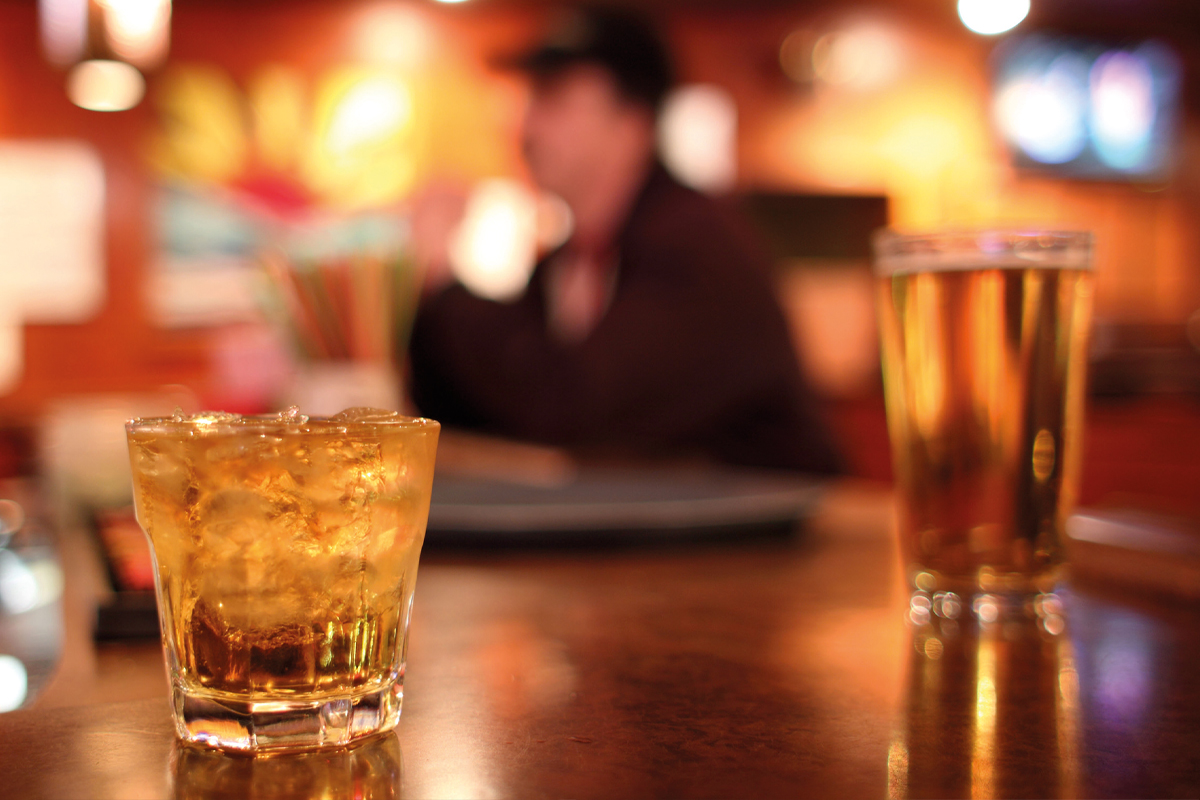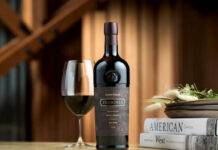A lot of customers want to moderate alcohol intake without compromising quality

MINDFUL drinking, already a trend prior to the pandemic, has become more important to many pub and bar customers as they look to lead healthier lifestyles.
It’s easy to see this trend – which involves customers making a concerted effort to consume less alcohol – as being inherently bad for licensed premises, but drinks companies and suppliers have stressed that it can actually present an opportunity for operators if they can tailor their offer to appeal to those that are cutting down on alcohol – or removing it from their lives altogether.
Quoting CGA figures, Charlie Fryday, on-trade category and commercial strategy director at Heineken UK, said that 70% of consumers are now actively looking to lead healthier lifestyles.
Subsequently, the value of low and no-alcohol products in the on-trade is said to have grown significantly – particularly among younger customers, with Fryday saying these products tend to be most popular within the 18 to 24 age group.
“However, the trend also expands into all age groups and demographics as alcohol alternatives become a bigger part of more consumers’ repertoires,” she said.
“For example, 34% of UK adult drinkers say they consume alcohol at least weekly, while half said they were trying to moderate their intake.”
Crawford Sinclair, commercial director at Innis & Gunn, said there is a “continuing trend” of consumers seeking out premium products in the low and no-alcohol sectors, looking for drinks that manage to deliver those qualities without compromising on flavour.
“So catering to this demand is key,” said Sinclair.
Companies were keen to point out that mindful drinking does not necessarily mean cutting out alcohol altogether.
In fact, they stressed that even some of those customers opting for alcohol-free drinks during some visits could well be drinking alcohol on others – or even just opting for lower-alcohol versions of their favourite drinks.
Jason Clarke, co-founder of low-alcohol beer firm Genius Brewing, said there is a current trend towards defining both ‘low and no’ and ‘mindful drinking’ as ‘alcohol-free’, when that isn’t necessarily the case.
“The trend for mindful, healthier drinking needn’t drive down revenues but we need to understand what is meant by ‘mindful drinking’ as there is confusion both among customers and the industry,” said Clarke.
“‘Mindful drinking’ is simply being ‘mindful’ of how one consumes alcohol, specifically in terms of health.
“Recently, ‘mindful drinking’ has been conflated with being teetotal. Being teetotal is not ‘drinking’. That is not to say ‘drinkers’ don’t occasionally want no-alcohol products. They increasingly do.
“Therefore, it’s vital the trade understands that today’s health-conscious customer is looking for a spectrum of product options that matches their health agenda on any given occasion.”
Offering choice – whether full-strength alcohol, lower-alcohol or alcohol-free – was said to be essential.
“Socialising doesn’t necessarily have to involve alcohol, so the modern publican should be looking to cater to both drinkers, non-drinkers and those who are just looking to have a little less alcohol (for any reason),” said Chris Deacon, head of sales at alcohol-free spirits brand Crossip, which recently appointed Scottish distributor Base Spirits Collective to build its presence in Scotland.
“The minute you stop catering to any of these groups, you are potentially losing a customer and the means to grow your revenues.
“We believe there is a trend towards more mindful drinking right now, led by drinkers not necessarily wanting to drink alcohol throughout the week, or simply wanting to cut down. ”Drinks that are either alcohol-free or contain less alcohol can also help boost business during the day or mid-week, argued Laura Willoughby of mindful drinking organisation Club Soda. “It is actually about monetising times of day or the week better and attracting a range of customers who spend in different ways,” she said.
“Offering a lunchtime special with an alcohol-free beer is likely to encourage people through your door at different parts of the day.
“The Hedonist in Leeds has a one unit cocktail menu which they credit for keeping them busy on Monday to Wednesday evenings.”
She added that, with consumers wanting more choice than previously, a pub or bar not having any alcohol-free options is akin to a food outlet not offering any dishes for vegetarians.
Deacon, at Crossip, encouraged licensees to “be bold” with their low and no-alcohol ranges.
“Around 80% of people drinking low and no beverages regularly drink alcohol,” he said.
“When you have a developed drinks menu with mature non-alcoholic options, you are appealing to your existing customer base.
“But you are also potentially drawing in a crowd who didn’t realise they could get a decent non-alcoholic option in your venue.
“If you have something new, healthy or perhaps low-ABV to offer, put it front and centre of your menus and adapt existing drink options into low/no-ABV alternatives.”
There are now plenty of lower-alcohol or alcohol-free products for licensees to choose from.
So many, in fact, that it could be difficult for operators to know where to begin.
Tom Ward of specialist online alcohol-free supplier Wise Bar Trader acknowledged that the number of products on the market can be “bewildering” for licensees.
“A good starting point is to understand what their customers like and what complements their existing drinks range,” said Ward.
“There is a great opportunity to experiment, invite customers to try new options and discover what works best for their trading style.
“Through education about the options available, trialling product diversification and adding a varied alcohol-free range to a drinks menu, venues can appeal to a wider consumer base that includes mindful drinkers and claim a share of the additional profit potential that is available.”
For those customers that do opt to avoid alcohol altogether, alcohol-free beers, wines and spirits also represent an opportunity to trade customers up from soft drinks, said a spokeswoman for non-alcoholic spirit brand Strykk.
“The incremental revenue opportunity is to up-sell a soft drink to a premium non-alcoholic drink,” she said.
“35% of consumers would trade up their soft drink to a non-alcoholic cocktail; and with the average price of a soft drink at £2 and a non-alcoholic cocktail/mocktail at £5, venues can make +58% in value sales by offering non-alcoholic options.”
And as with other drinks categories, there are opportunities to encourage customers to trade up within the alcohol-free sector itself, according to Jennifer Runciman, head of category development for the on-trade at Diageo GB.
“Bar staff can encourage people to trade up even within the no and lower category by offering high quality mixed drinks with non-alcoholic spirits – providing customers with premium options, just without the alcohol,” said Runciman.



















